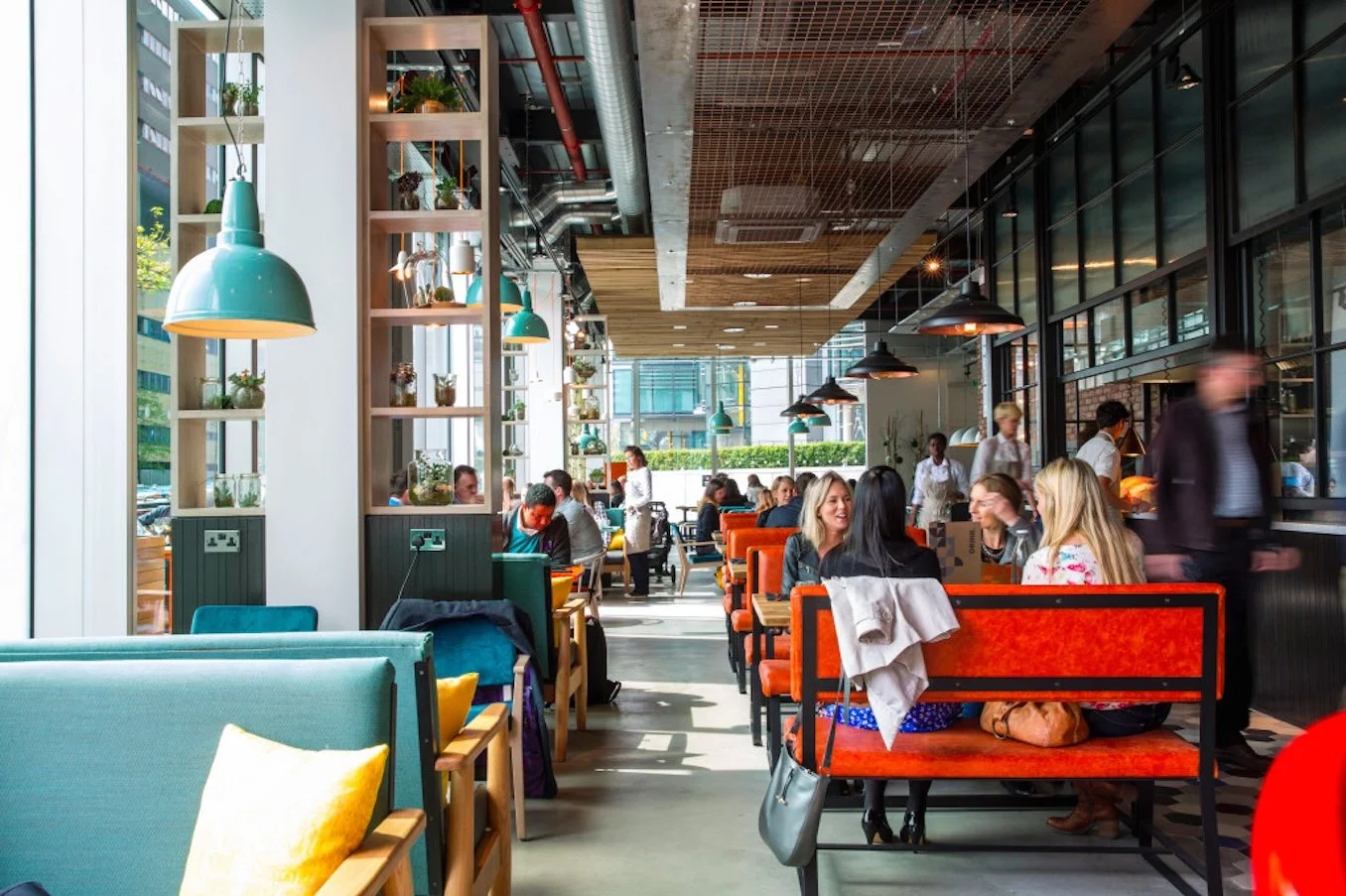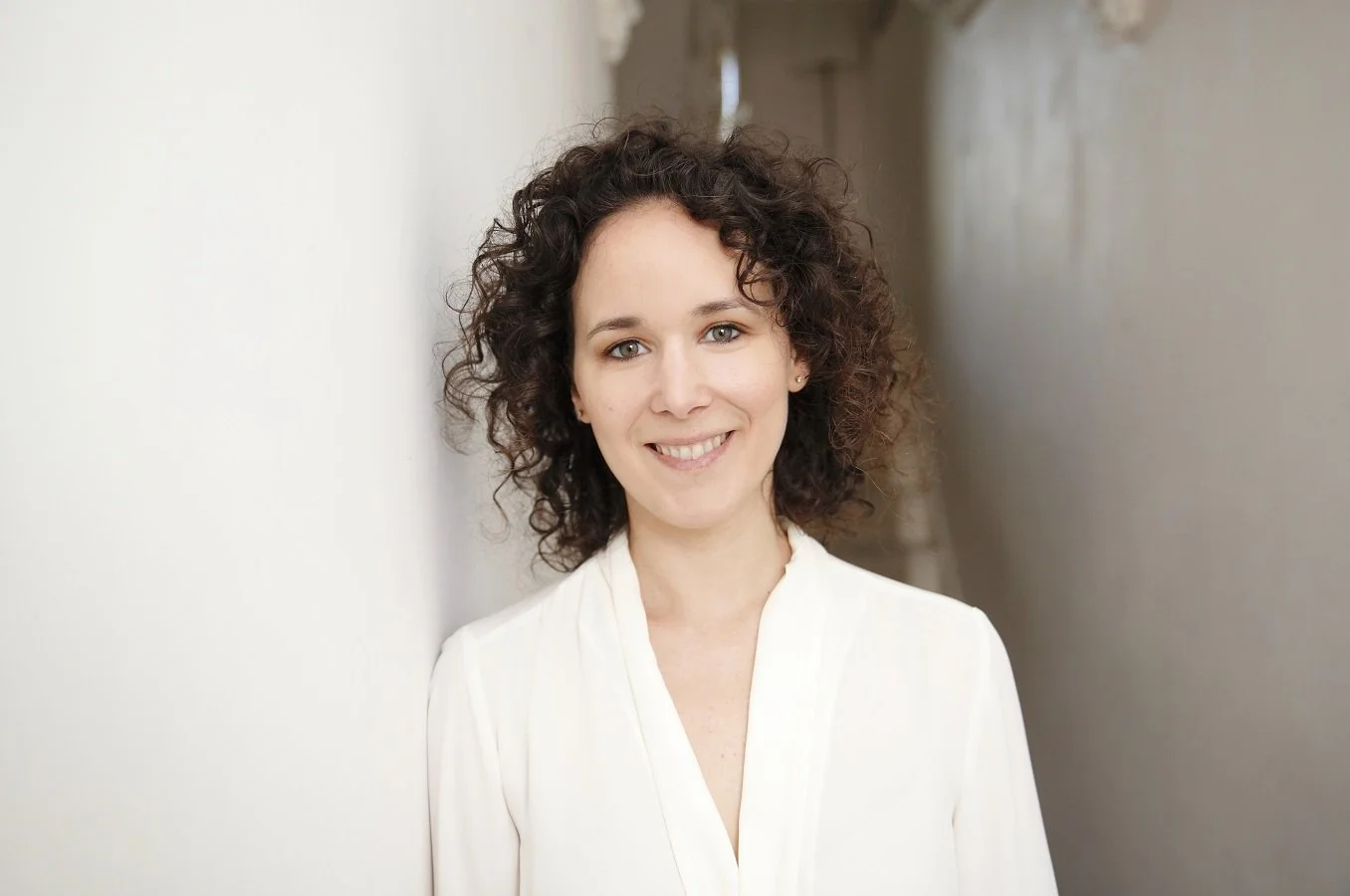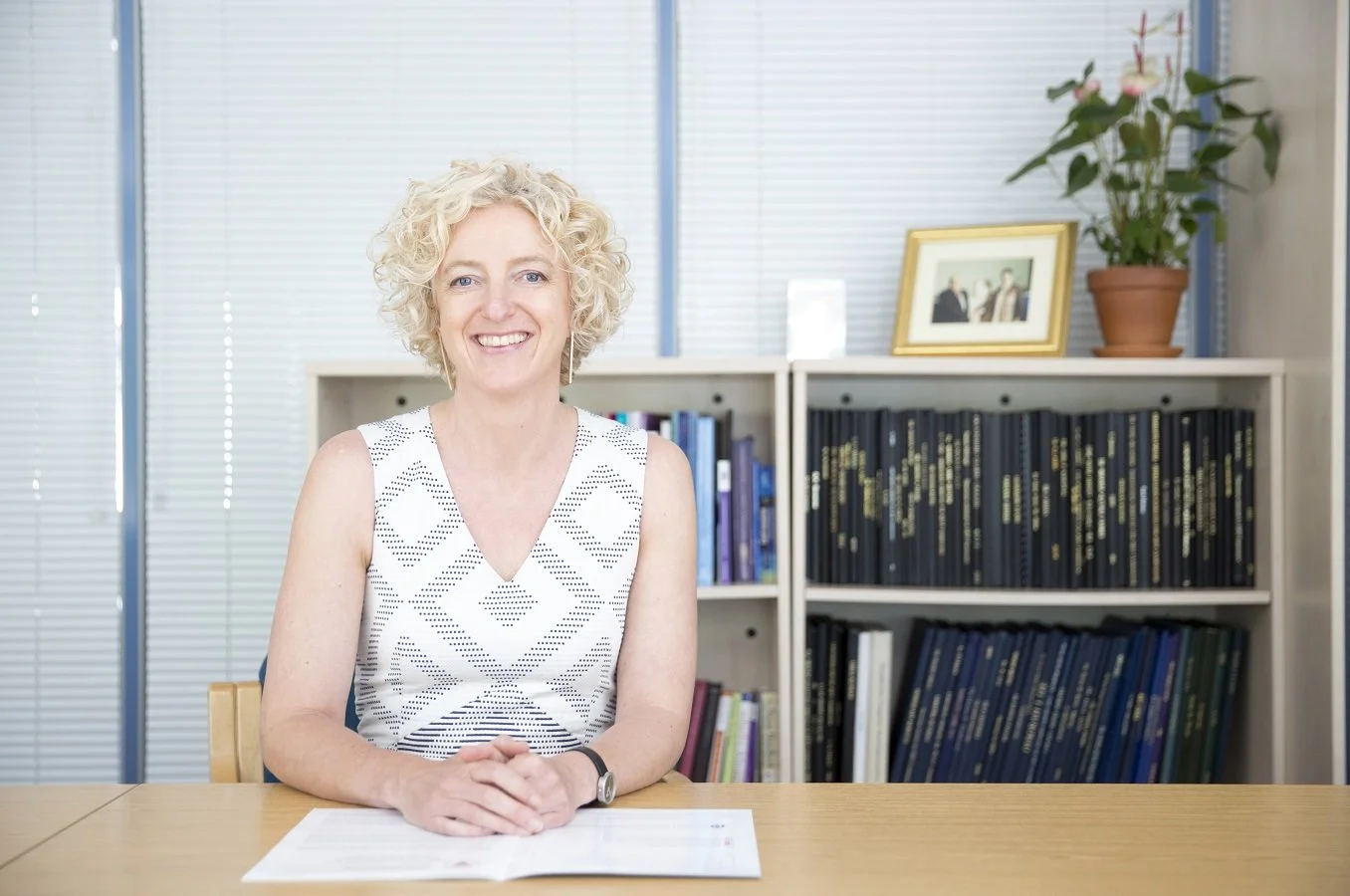Returnships
Returning to work after a career break? A returnship might be the answer
A returnship is a short term internship designed for people returning to work.
Traditional internships are paid, fixed term contracts with supportive employers, designed to help someone into employment. Returnships have many of those same attributes.
However, instead of being aimed at people just starting out in their careers, returnships are designed for experienced candidates resuming a career after a voluntary career break.
Here we explain what a returnship is, the criteria for applying for returnships, whether you can expect to be offered a permanent job at the end of your returnship, and we’ll share lists of UK returnships.
Returnships Frequently Asked Questions
-
The company offering the returnship will set the specific criteria for applicants. However there are some general rules that apply to most of the current UK returnships.
These include:
Voluntary career break of two years or more
There are two parts to this statement and candidates must meet both parts in order to qualify.
Firstly, the candidate should have taken a voluntary career break (ie have chosen to leave employment to actively doing something else). Most returnships do not specify the reason for the career break and most are open to both male and female applicants.
Secondly, there is usually a time requirement. In many cases, the employer specifies a period of longer than 2 years. There is usually no upper limit on the career break period so candidates should apply even if they had a much longer gap.
Experienced and qualified
In many cases employers are seeking people with specific experience and skills. They understand that your skills may be a bit rusty after 2 or more years out of the workplace. In some cases, there is a minimum educational or professional qualification requirement as well.
-
Each returnship programme is designed by the employer so they are all slightly different but, again, many have similar component parts.
To begin, candidates apply to join the returnship programme, most commonly through an online portal on the employer’s website.
Before you hit ‘send’ on your application, be aware that many of these programmes are fiercely competitive to get into. The employer usually has a choice of excellent applicants and, in many cases, can select someone with specifically relevant past experience. So you need to ensure that your CV is up-to-date and well presented to maximise your chances of being noticed. See our Resources page for tips and advice on CVs and covering letters. We also offer a CV Review service which you might find useful.
Shortlisted candidates are then interviewed – often with several interview rounds, some by telephone or Skype, some in person. Successful applicants are offered a place on the returnship programme.
With larger firms and businesses, the employer will often arrange a structured development programme to help the returners refresh their technical skills and integrate back into the workplace successfully. This programme may be a short as a half day workshop, or may be a series of meetings, and often includes the candidate being matched with a buddy and/or mentor. Some larger employers commence their development programme with a 2 or 3 day conference which includes scheduled sessions such as presentations by key members of the leadership team, talks by successful recent returners about their experiences, leadership coaching, communications coaching, interview practise sessions, and more.
As an extra step, some organisations invite shortlisted candidates to attend their development conference. In this case, not everyone invited to the development conference will be offered a returnship. Candidates are made aware of this fact before they attend the development programme, and the conference is usually incredibly worthwhile even if the candidate is not offered a place on the returnship programme.
-
During a returnship, the returner will work in a specific team or specific role for the period of the returnship contract. Typically this will be for an 8-12 week period, although some returnships are as long as 20 weeks. Usually, the returner will be paid for this period.
When returnships first launched, they were run across the summer or the end of the year, when children are less likely to be in childcare/at school – making it harder for returning parents to organise their family life to fit around a temporary but full time role. Over recent years, thankfully, we have noticed that many programmes are now run at more family-friendly times of year, with many launching in September and January.
As for what a returner does in their role, it also varies quite considerably. In some organisations, the returner works in the actual role which, if they are successful, they may be offered at the conclusion of the returnship programme. In others, the returner will work in an area of the organisation, or with a team, or on a special project, but they may not be working in the role that they may eventually be offered. In this case, the employer will usually discuss available roles with any successful returners towards the end of their returnship.
-
Not everyone is offered a permanent job at the end of their returnship. And not everyone wants the job offered at the end of a returnship. It sounds strange to say it but that is usually not a bad thing.
Both parties, employers and returners, embark on a returnship because they feel that there is a good fit for them. From the research we’ve done, we believe that the vast majority of returners are offered, and are happy to accept, a permanent job at the end of their returnship.
However, during the returnship, sometimes the organisation realises that the returner is not a good fit for the organisation or the role. Likewise, sometimes the returner realises that they are not a good fit for the organisation or the role. Occasionally the returner reassesses what returning to work actually means – in many cases, returnships lead to demanding full time roles with long working hours – and may decide that it isn’t right for them at the moment.
Keep in mind that, even if a permanent role isn’t offered, the returner will have benefited from updating their CV and interview technique, refreshing their work experience and skills. They will also have a significant recent contract role to discuss with future employers, which is worth its weight in gold for anyone who has been on a career break. Even being shortlisted for a prestigious returnship can help with finding another role/returnship.
-
The idea originated in the US and the first returnships were offered by Goldman Sachs in 2008. They subsequently trademarked the term “Returnship” with a capital R. This is why you will often see alternative descriptions of returnships, such as ‘Back to Business’ Programme, ‘Re-entry Programme’ ‘Returner Programme’, etc.
Returner programmes have been offered by UK businesses since 2014 and we’re pleased to see that year-on-year they are gaining popularity and growing in both types of roles and range of industries.
We are encouraged by the breadth of industries now offering these programmes – from Banking and Finance, to Architecture, Construction and Telecommunications; from Marketing and Communications to Social Media and more. We expect returnships to continue to spread, into even more sectors and also into smaller businesses.
-
Over the past year, we have shared the details of all UK Returner programmes on our Facebook page and this website. We will continue to share news of any returnships announced here and in our email newsletters
If you are interested in a particular employer’s returnship programme, we recommend reviewing the previous year’s returnship list as this can give you clues as to the likely timing of any future programmes from that employer. Both the current and prior year UK Returnship Lists are below.
















